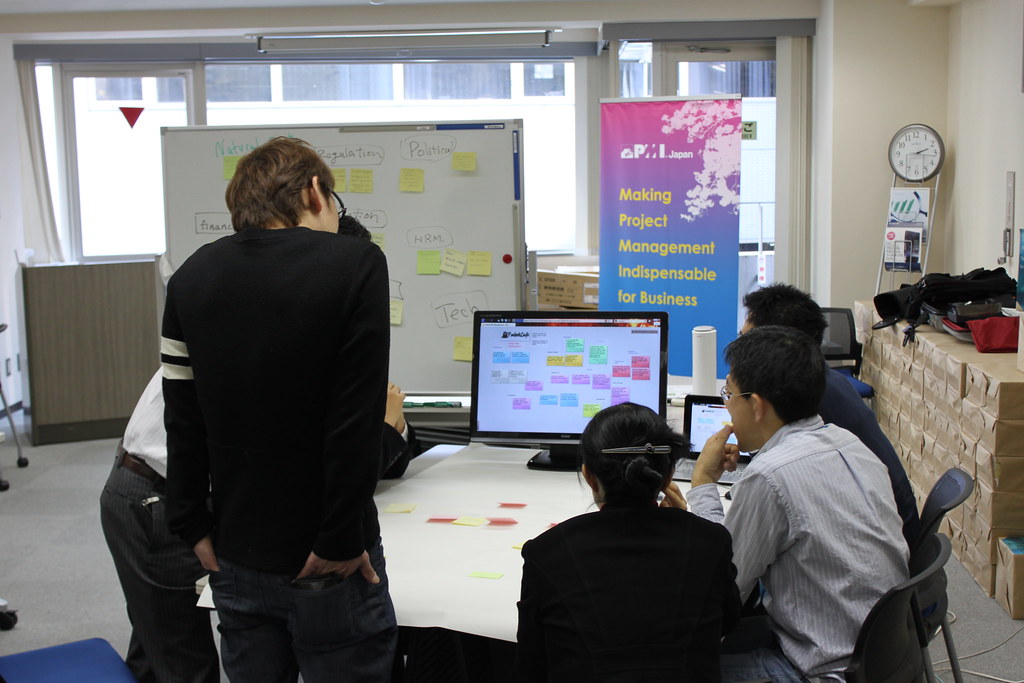Quick Tips and Tricks for Managing Risks in Fix and Flip Industry
In this fast-paced and lucrative sector, effective risk management is the key to success. By employing the right strategies, you can minimize potential pitfalls and maximize your returns. In this article, we will provide you with a roadmap of quick tips and tricks that will empower you to Managing Risks in Fix and Flip Industry with confidence.
The fix and flip industry offers immense potential for profit, but it is not without risks. Unforeseen renovation costs, delays, market fluctuations, and legal or regulatory issues can significantly impact your bottom line. That’s why it’s crucial to implement comprehensive risk management practices to safeguard your investments and optimize your returns.
Whether you’re a seasoned investor or just starting out in the world of fix and flip, this article is designed to equip you with actionable strategies.
We’ll explore topics such as thorough property inspections, building a reliable network of contractors, developing detailed renovation plans, accurately calculating the after-repair value (ARV), securing reliable financing, implementing effective risk mitigation strategies, and staying informed on market trends.
Understanding the Fix and Flip Industry
Before we delve into the tips and tricks, let’s briefly review the fix and flip industry. Fix and flip involves purchasing distressed properties, renovating them, and then selling them for a profit. This strategy requires expertise in property evaluation, market analysis, renovation management, and financial planning.
While fix and flip projects can be highly lucrative, they come with inherent risks. These risks include unexpected renovation costs, delays, market fluctuations, and potential legal or regulatory issues. By employing effective risk management strategies, you can mitigate these risks and increase your chances of success.
The Benefits of Effective Risk Management
Implementing comprehensive risk management practices offers several key benefits:
- Minimizing Financial Losses: By identifying and mitigating potential risks early on, you can minimize the financial impact of unforeseen events, such as construction delays or unexpected expenses.
- Maximizing Return on Investment: Effective risk management ensures that your investment is protected, allowing you to focus on optimizing your renovation efforts and maximizing the profitability of each project.
- Building a Reputation: Consistently successful fix and flip projects enhance your reputation as a reliable and knowledgeable investor, attracting more opportunities and partnerships.
- Expanding Your Network: By demonstrating your expertise in risk management, you’ll attract the attention of potential investors, lenders, and industry professionals who seek reliable partners for their projects.
1. Thorough Property Inspections: Uncovering Hidden Issues
Before committing to a fix and flip project, conducting thorough property inspections is essential. Engage professional inspectors who specialize in assessing structural integrity, plumbing, electrical systems, and overall property conditions. By identifying potential issues upfront, you can accurately estimate renovation costs and avoid costly surprises.
2. Building a Reliable Network of Contractors
Success in the fix and flip industry relies heavily on building a strong network of reliable contractors. Seek out experienced professionals who understand the nuances of renovating properties.
Vet contractors thoroughly by checking their credentials, past work, and client testimonials. A dependable team ensures efficient project management, quality workmanship, and timely completion of renovations.
3. Developing a Detailed Renovation Plan
Creating a detailed renovation plan is crucial for effective project management. Include timelines, cost estimates, material requirements, and design considerations. A well-defined plan helps you stay organized, anticipate challenges, and ensure a smoother renovation process.
4. Accurate Calculation of After-Repair Value (ARV)
Understanding the after-repair value (ARV) of a property is vital for assessing its profit potential. Conduct thorough market research to determine the property’s estimated value after renovations.
Consider factors such as location, comparable sales in the area, and current market trends. Accurately calculating the ARV enables you to make informed decisions regarding property acquisitions and pricing strategies.
5. Securing Reliable Financing
Having access to reliable financing is essential for success in fix and flip ventures. Establish relationships with private lenders specializing in real estate investments. Pre-approved funding allows you to act quickly when lucrative opportunities arise, giving you a competitive edge in the market.
6. Implementing Effective Risk Mitigation Strategies
Minimizing risks requires implementing effective risk mitigation strategies. Consider factors such as insurance coverage, contingency plans, and legal protections.
Insure your properties against damage and liability and have backup plans in case of unexpected events. Consult with legal professionals to ensure your contracts, permits, and agreements provide comprehensive protection.
7. Staying Informed on Market Trends
Staying updated on market trends is vital for success in the fix and flip industry. Monitor local real estate markets, economic conditions, and zoning regulations. Keep an eye on housing demand, supply, and pricing fluctuations. By understanding market dynamics, you can make informed decisions and adapt your strategies to changing conditions.
Expanding Your Risk Management Arsenal
Now that you’re equipped with the essential tips and tricks for managing risks in the fix and flip industry, consider implementing these additional strategies to strengthen your risk management practices:
1. Diversify Your Portfolio:
Don’t limit yourself to a single fix and flip project. Diversify your portfolio by investing in multiple properties or exploring other real estate investment strategies. This reduces your exposure to individual project risks and increases your overall chances of success.
2. Stay Ahead of Legal and Regulatory Changes:
Real estate regulations and laws can change frequently. Stay informed about any updates or revisions that may impact your fix and flip projects. Engage with legal professionals who specialize in real estate to ensure compliance with all necessary regulations.

Putting Tips and Tricks into Action
To help you implement these tips and tricks effectively, we’ve compiled a list of resources and tools:
- Property Inspection Checklist: Download our comprehensive property inspection checklist to ensure you cover all critical areas during inspections.
- Renovation Planner Template: Access our renovation planner template to create a detailed project plan with timelines, budgets, and milestones.
- Market Research Toolkit: Explore our market research toolkit to learn advanced techniques for assessing property values, market trends, and investment opportunities.
- Contractor Evaluation Guide: Refer to our contractor evaluation guide to streamline your vetting process and select the best professionals for your projects.
Remember, success in the fix and flip industry comes with experience and continuous learning. Share your own tips and tricks with our community of private lenders and real estate investors. Together, we can raise the bar for excellence in this exciting industry!
How Quick Tips and Tricks Benefit Your Fix and Flip Ventures?
Let’s take a look at two scenarios to understand how these tips and tricks can be applied:
Scenario 1: Efficient Project Management
By following our tip to build a strong network of contractors, you can ensure efficient project management. Imagine having a reliable team that communicates effectively, meets deadlines, and delivers high-quality work.
This allows you to complete renovations on time, minimize carrying costs, and attract potential buyers quickly, increasing your overall profitability.
Scenario 2: Risk Mitigation
Implementing our risk mitigation strategies safeguards you against potential pitfalls. Let’s say you encounter unexpected delays due to a supplier issue.
With a contingency plan in place, you can quickly switch to an alternative supplier, preventing costly delays and maintaining your project timeline. This level of preparedness and adaptability reduces financial risks and safeguards your investment.
Master the Fix and Flip Industry with Confidence
Now that you have a solid understanding of the quick tips and tricks for managing risks in the fix and flip industry, it’s time to put them into action. Start by conducting thorough property inspections and building a reliable network of contractors.
Develop detailed renovation plans, calculate ARVs accurately, and secure reliable financing. Implement risk mitigation strategies, stay updated on market trends, and leverage the provided resources and tools.
Remember, success in fix and flip requires continuous learning, adaptability, and perseverance. Embrace the challenges and opportunities that come your way, and always strive for excellence. Best of luck on your journey to becoming a successful fix and flip investor!
